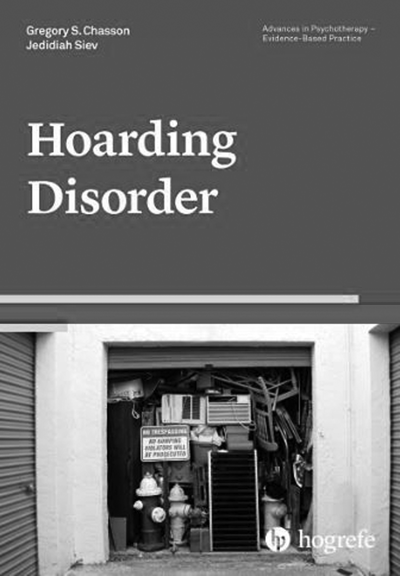
This is a compact, comprehensive book that has been eloquently written by experts in the field. The book is split into four chapters to help the reader navigate the topic of hoarding disorder. The first chapter looks at the description of the disorder and uncovers the root of the term hoarding, which comes from the Old English word hord, meaning ‘treasure, valuable stone or store’ (p. 1). The final section of this chapter, ‘Diagnostic procedures and documentation’, perhaps would have been better placed in chapter 3, which covers diagnosis. The authors acknowledge that there is no universal core battery of instruments to diagnose hoarding disorder and therefore clinicians can be flexible in choosing these. This section is therefore quite useful as a summary of all the various diagnostic interviews and measuring scales that can be used to aid diagnosis as part of a multimethod assessment.
Chapter 2 looks at the theories and models of the disorder, namely cognitive–behavioural and biological models. Chapter 3 takes the reader through the diagnostic assessment and treatment indications. Finally, chapter 4 looks at treatment for people with hoarding disorder. This chapter contains case vignettes to highlight examples in which clinicians could explore issues and problem solve with patients, as well as depicting ways of information giving.
The book is laid out in an easy to read, clear and practical format which lends itself well to being used by clinicians in their clinical practice. A strength of this book is the bold marginal notes that appear throughout and help to make key points stand out on the page. Furthermore, there are boxed clinical ‘pearls’ with useful bitesize chunks of information that can be applied in clinical practice.
Overall this was an interesting book. In view of the fact that hoarding disorder is a new disorder in both DSM-5 and ICD-11, I think that this book is a good guide to aid clinicians in their understanding of the disorder.



eLetters
No eLetters have been published for this article.